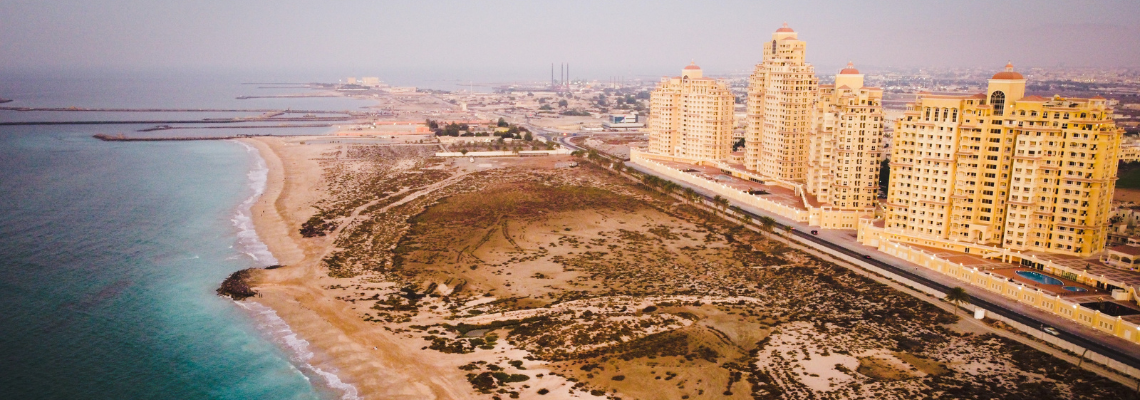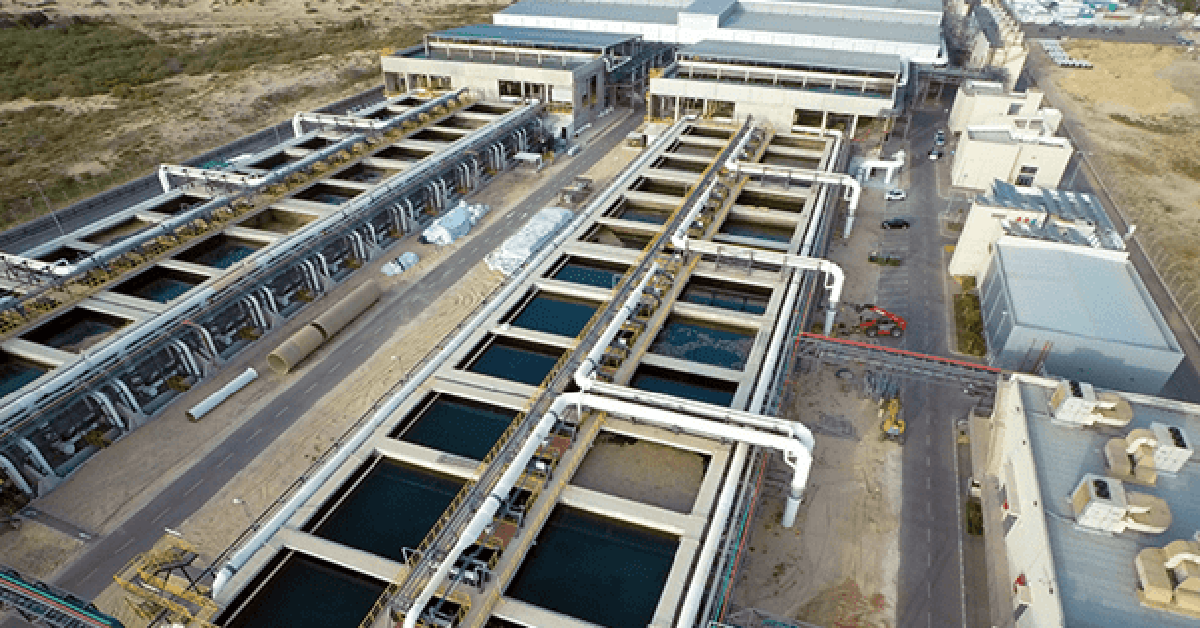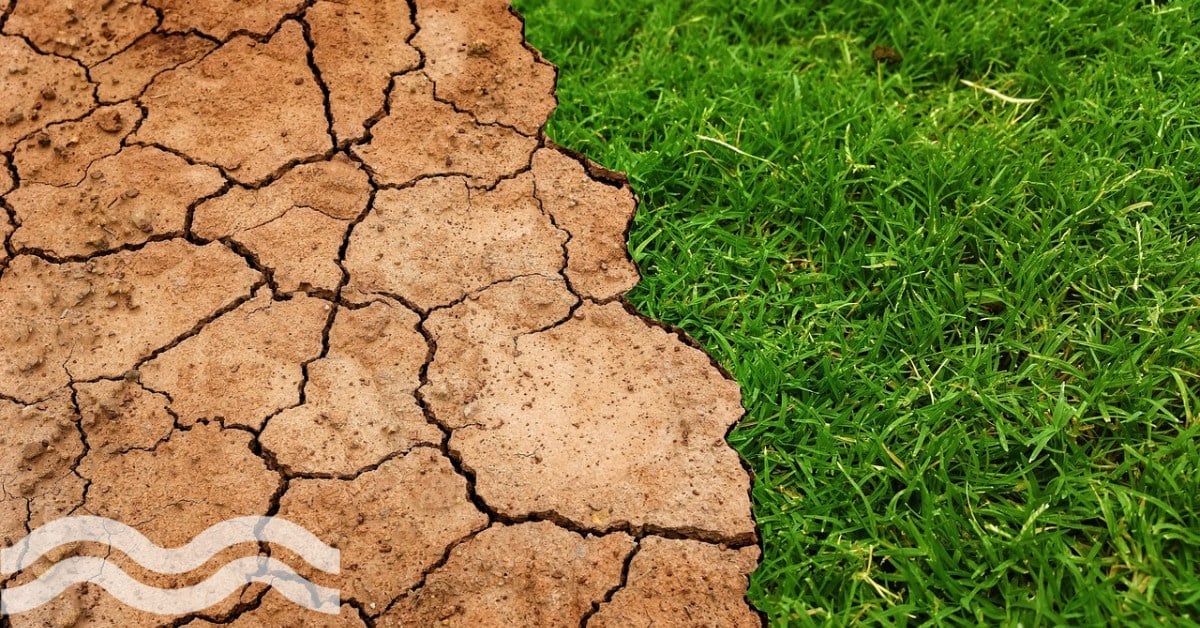Increased salinity from desalination equal to natural variations, finds research
New research has found that salinity increases from desalination will be well within the range of natural salinity variation due to evaporation, even under a worst-case climate change scenario.
Minor salinity changes
New research has found that salinity increases from desalination will be well within the range of natural salinity variation due to evaporation, even under a worst-case climate change scenario.
Researchers from New York University's (NYU) Abu Dhabi's Arabian Center for Climate and Environmental Sciences (ACCESS) and Water Research Center found the above, even under a worst-case climate change and projected desalination scenario.
The paper, entitled "Long-term, basin-scale salinity impacts from desalination in the Arabian/Persian Gulf," was published in Scientific Reports.
The Gulf is a naturally extreme marine system, and we have been utilizing a growing fraction of its waters for desalination purposes.
NYU has found that minor salinity changes are not expected to have environmental effects at the Gulf scale, as marine life has adapted to the high and variable natural salinity.
"The Gulf is a naturally extreme marine system, and we have been utilizing a growing fraction of its waters for desalination purposes," said John Burt, co-principal investigator at the NYUAD Water Research Center and the Arabian Center for Climate and Environmental Sciences.
"Results of this work show that salinity increases under even the worst-case climate projections and increased desalination in coming decades are likely to have only negligible impacts on salinity at the Gulf-wide scale, and well within the normal seasonal variation in salinity that organisms here are already exposed to," Burt went on to say.
The impact of desalination expansion
To meet their freshwater needs, many Gulf nations plan to increase their desalination capacity. Growing desalination activity could result in larger amounts of hypersaline (high-salt) brine being released into the Gulf, leading to uncertainty as to what effect this will have on the Gulf's marine ecosystems.
Brine disposal and management previously came under the spotlight after the United Nations (UN) backed a paper entitled 'The state of desalination and brine production: A global outlook'.
Four countries were found to be responsible for 55 per cent of global brine, including Saudi Arabia, UAE, Kuwait and Qatar.
The paper referred to brine as a “salty dilemma”, stating that globally desalination plants collectively discharge 142 million cubic metres of hypersaline brine per day, which is a 50 percent increase on previous assessments.
Four countries were found to be responsible for 55 percent of global brine, including Saudi Arabia, UAE, Kuwait and Qatar.
Report authors from the United Nations University Institute for Water, Environment and Health (Canada), Wageningen University (Netherlands), and the Gwangju Institute of Science and Technology (Republic of Korea) found that Middle Eastern plants produced “four times as much brine per cubic metre of clean water as plants where river water membrane processes dominate”.
According to the latest NYU research paper, one key finding was that any increase in salinity would force a corresponding growth in the flux via the Hormuz strait, resulting in a prompter renewal of the Gulf waters.
It concluded that, as a consequence, even in extreme-case scenarios, basin-scale salinity increases are not projected to exceed a level that will have a significant impact on the Gulf's marine life, such as flora and fauna.
It when on to say that as these levels of salinity increase are well within the natural range of variability that organisms in the Gulf are already exposed to.
Reducing desalination's environmental impact
One project is exploring how desalination plants in Spain can make operational tweaks to further improve the amount of energy needed for desalination.
Called LEAD (Leading Experimental Accelerator in Desalination), the collaboration is looking at 10 experimental stations in the San Pedro del Pinatar II seawater desalination plant in Murcia, Spain.
All stages of the desalination process will be covered, including granular filtration, floatation-filtration, flotation, ultrafiltration, nano-filtration, reverse osmosis and membrane distillation.
We promise never to send you spam and you can unsubscribe at any time!





